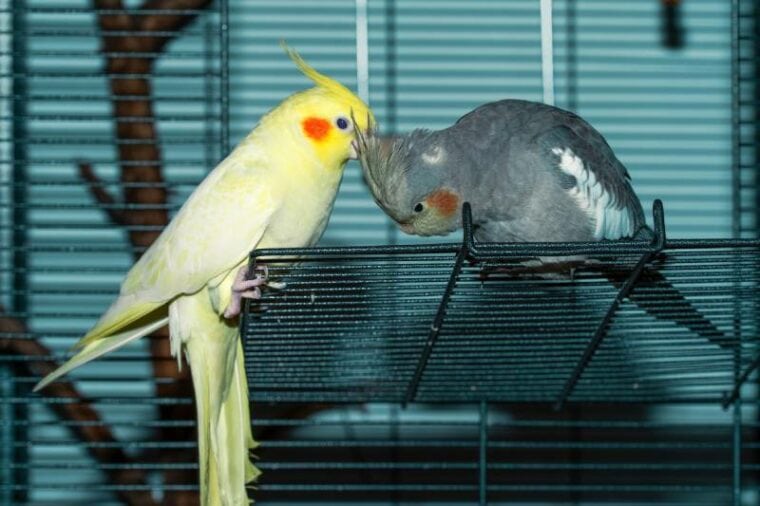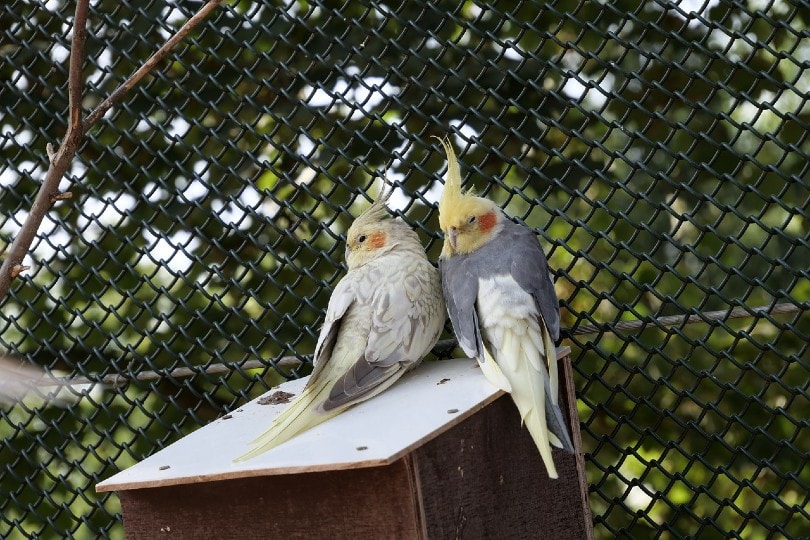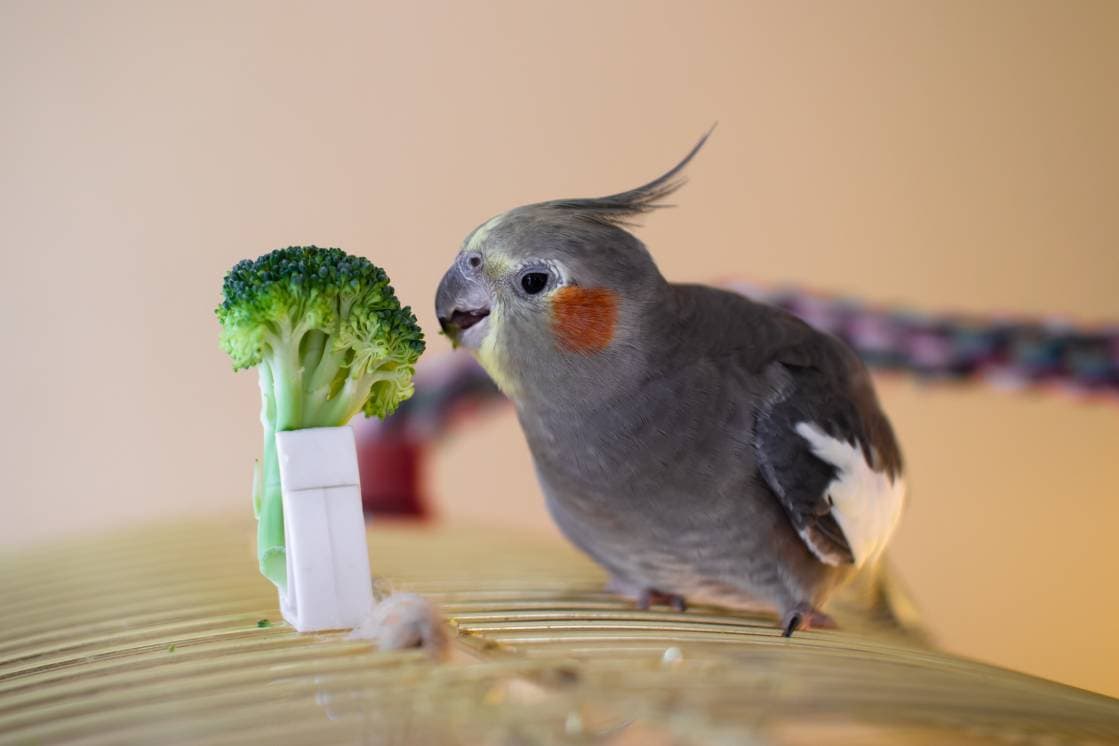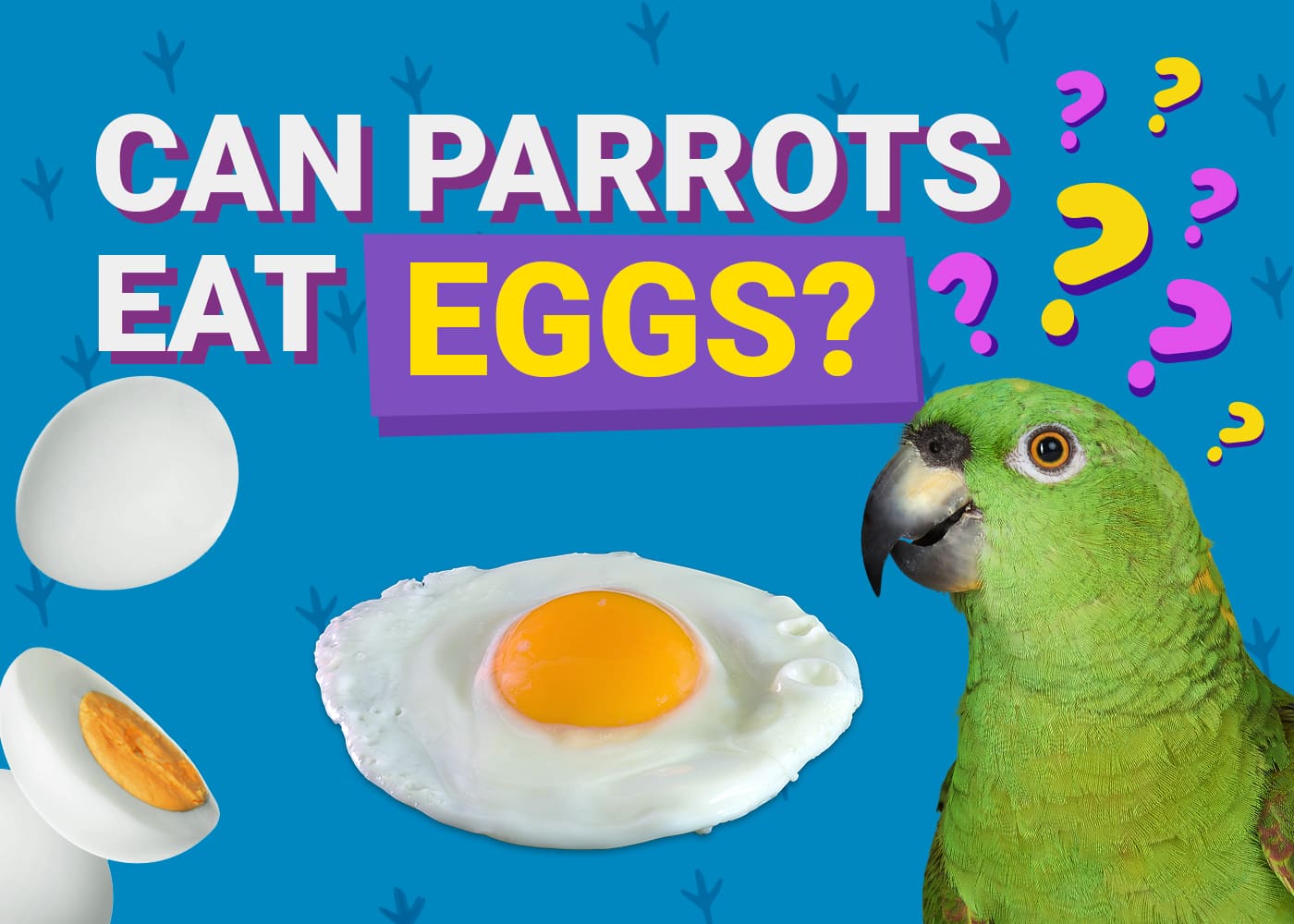
The cockatiel is a small bird that can be found in many households across America. These birds are generally quite intelligent and like to sing for their owners.
You can recognize a cockatiel by its distinctive crest, which is the long feathers near its head. These crests often contrast with their body color and help to give cockatiels an appearance that some people might call “crazy” or “wacky.”
Though they can be taught to say certain words, understanding the cockatiel body language is what will help you know what your pet is thinking and feeling. There are many different gestures that these birds make with their bodies, so let’s take a look at some of the most common ones!
How Do Birds Communicate?
Before we dive into specific gestures, it’s important to know why birds are so good at body language. After all, you can’t read a bird’s thoughts if it doesn’t use its mouth to speak!
Scientists have found that birds and humans share many of the same genes related to brain development. This is why both species can use gestures as ways to communicate their feelings or needs with one another.
Birds of the same species communicate by reading each other’s gestures, and we humans can also do that with cockatiels and their body language.
- See also: Where Should You Buy a Cockatiel?

Displays
There are two main types of bird body language—social displays or asocial displays. Social displays include all the behaviors you’ll see when your pet interacts with another bird in its flock. In contrast, asocial displays are behaviors your pet will use to scare away an intruder or predator.
In the wild, cockatiels live in flocks of about five birds and sometimes more. They communicate with each other by using a series of different social displays—including head-bobbing, wing raising, tail fanning, spinning around on one foot, and much more! Here’s what you need to know.
Positive Body Language
When a cockatiel is happy or excited, it will issue a soft call and raise its head high. It may also bob its head back and forth or sway from side to side as if in rhythm with the sounds coming out of its mouth.
Apart from a happy dance, your cockatiel will display happiness or excitement through a series of other behaviors. For example, it will preen the feathers on its head and neck, extend it wings fully as they stretch their body up to full height, and then fluff out both tails for show!
Cockatiels will also display a soft call while they are eating, preening themselves, and doing other things they like—all behaviors that signify pleasure or contentment.

 Negative Body Language
Negative Body Language
If your cockatiel is scared, panicked, or stressed out because of an intruder, they will shake their head back and forth rapidly while crouching on the ground with feathers fluffed up to make themselves look bigger than they are. They will look at you sideways with one eye closed in an angry expression.
If this behavior continues, they may start to jump around erratically or run away. They may also hiss as well!
If your pet is hissing or shrieking at you, it probably means that they are angry! Other negative behaviors include turning their head away from what’s scaring them and hopping back towards the owner.
Solutions
It can be quite difficult to pinpoint the emotions your cockatiel might be feeling at any given time. However, by observing their body language, you can see whether or not they are enjoying themselves and if there’s anything that needs to change for them to feel better.
If you’re new to the wonderful world of cockatiels, you’ll need a great resource to help your birds thrive. We highly recommend taking a closer look at The Ultimate Guide to Cockatiels, available on Amazon.
This excellent book covers everything from the history, color mutations, and anatomy of cockatiels to expert housing, feeding, breeding, and health care tips.
Body Language for Health Issues
Cockatiels can also use their body language to communicate when they are feeling ill. If you notice that your pet is not acting like themselves, it may be time to get them checked out by a vet.
If you notice your pet hiding or sleeping more than usual, it could be an indicator of some underlying disease.
How to Read a New Bird’s Body Language
Each bird will be slightly different, but the basics are similar.
If you’ve just received a new bird, make sure to take time and observe their body language.
They may be feeling tired or nervous in their new environment, so it’s important that they feel comfortable with you! Once they settle in, you can start to get a better idea of how they act and what they are feeling on a regular basis.
Each bird will show signs when they are hungry, tired, or stressed. These clues come in the form of head and tail movements as well as vocalizations that you’ll learn to recognize over time. In a matter of weeks, you’ll be able to know what each signal means from your cockatiel and enhance its life quality.
Conclusion
Today, we explored the cockatiel bird as a pet and how an owner can read its body language. Even though they love to sing, they can’t communicate their feelings with words, so it’s important to keep an eye out for body language.
This includes feather-ruffling, head-bopping, hissing—which are usually representative of the bird’s emotional state—and other behaviors that indicate when your animal needs something from you!
By knowing these signals (or by reading this article), you can take care of your bird even better than before, ensuring a long and fruitful relationship that could bring you great joy and comfort.
If you’re passionate about birds or just want to learn, our website has many articles and resources about cockatiels and various other birds.
- Related Read: Can Cockatiels and Parakeets Live Together in One Cage?
Featured Image: Geiger, Shutterstock


 Negative Body Language
Negative Body Language






